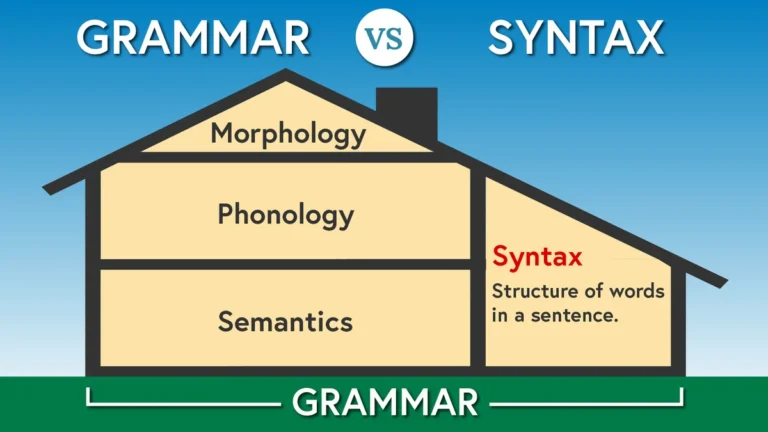Grammar and Syntax: Effective Instructional Approaches for K–12 English Teachers

Trainer: Engy Hammam
Duration: 18 Hours
Objectives
By the end of this course, participants will be able to:
1. Understand key grammatical and syntactic concepts relevant to K–12 instruction.
2. Identify developmental stages of grammar acquisition in children and adolescents.
3. Analyze common student errors and misconceptions related to grammar and syntax.
4. Explore research-based instructional strategies for teaching grammar in context.
5. Design engaging, differentiated grammar lessons aligned with academic standards.
6. Integrate grammar instruction into reading, writing, and speaking activities.
7. Utilize formative and summative assessments to monitor grammar development.
8. Incorporate technology and digital tools to enhance grammar instruction.
9. Adapt grammar instruction for English Language Learners (ELLs) and students with diverse needs.
Outline
Module 1: Foundations of Grammar and Syntax
• Definitions: Grammar vs Syntax – What’s the Difference?
• Importance of grammar instruction in K–12 literacy development
• Overview of parts of speech, sentence structure, clauses, and phrases
• Developmental progression of grammar acquisition (early years to secondary)
Module 2: Diagnosing Grammar Errors and Misconceptions
• Identifying common grammar and syntax errors across grade levels
• Error analysis and student work samples
• Strategies for addressing persistent misconceptions
• Differentiating between developmental errors and lack of instruction
Module 3: Approaches to Grammar Instruction
• Traditional vs. contextualized grammar instruction
• Inductive and deductive grammar teaching methods
• Mini-lessons and grammar journals
• Sentence combining and deconstructing strategies
• Daily language practice routines
Module 4: Integrating Grammar with Literacy Instruction
• Embedding grammar into reading and writing instruction
• Teaching grammar through mentor texts and student writing
• Grammar in the revision process
• Sentence fluency and syntactic variety in writing
Module 5: Grammar for Diverse Learners
• Supporting English Language Learners (ELLs) with grammar
• Grammar instruction for students with learning differences
• Culturally responsive grammar instruction
• Differentiation and scaffolding techniques
Module 6: Assessment and Technology Tools
• Formative and summative assessment strategies
• Grammar rubrics and student self-assessment
• Using digital platforms for grammar practice
• Gamification and apps for grammar learning
• Designing a grammar-rich classroom environment
